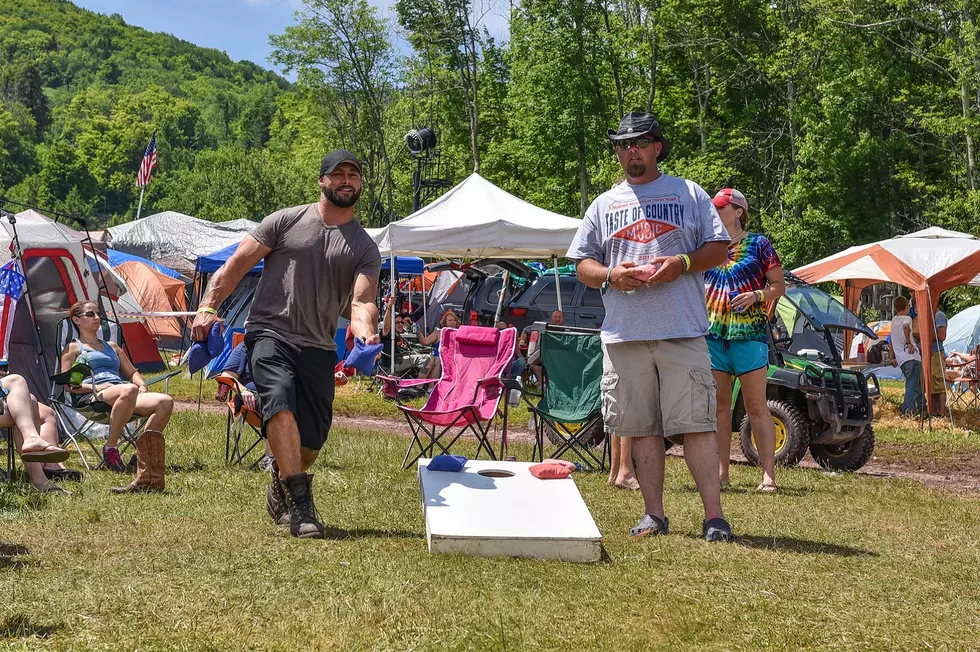
Severe Weather Awareness: Heat Waves
The final topic for Minnesota Severe Weather Awareness week is heat waves.
In recent years excessive heat has caused more deaths than all other weather events, including floods.
A heat wave is a prolonged period of excessive heat, often combined with excessive humidity. Generally temperatures are 10 degrees or more above the average high temperature for the region during the summer, last for a long period of time and occur with high humidity also.
From 2000-10, 35 deaths were directly attributable to extreme heat in Minnesota.
During extreme heat conditions remember to stay hydrated. Drink plenty of fluids, especially water, throughout the day. Avoid drinking alcohol and drinks that are high in sugar and caffeine. Also avoid very cold drinks because they can cause stomach cramps.
If you don't have air conditioning in your home, visit air-conditioned places like malls and libraries.
Do not use electric fans to cool yourself when the temperature reaches the high 90s and above. Blowing air onto your body that is warmer than your body temperature is not a good recipe for success.
Wear light-colored, loose-fitting clothing and avoid activities outdoors during the hottest hours of the day. Take a cold shower or bath.
I have a chart from the Minnesota Department of Health that outlines the signs of heat stroke and the signs of heat exhaustion.
Please never leave children or pets in a car, even if the windows are cracked open and the vehicle is parked in the shade.
Encourage friends and relatives to check on family and neighbors who might be more at risk, especially those who live alone, to ensure they stay cool and hydrated.
Remember the sunscreen, SPF15 or higher, according to the Minnesota Department of Health.
More From KDHL Radio




![Mickey Guyton Effortlessly Owns Loretta Lynn’s ‘You Ain’t Woman Enough’ [Watch]](http://townsquare.media/site/204/files/2017/04/mickey-guyton-loretta-lynn-woman-enough-e1492276919465.png?w=980&q=75)
![Alabama: Live Through the Years [Pictures]](http://townsquare.media/site/204/files/2017/04/alabama-live.jpg?w=980&q=75)



